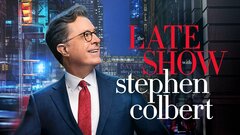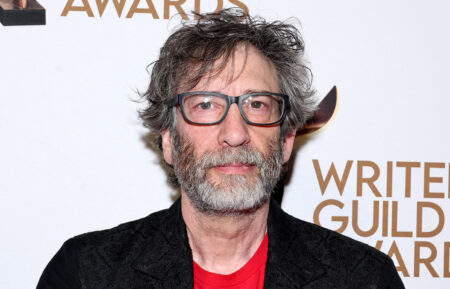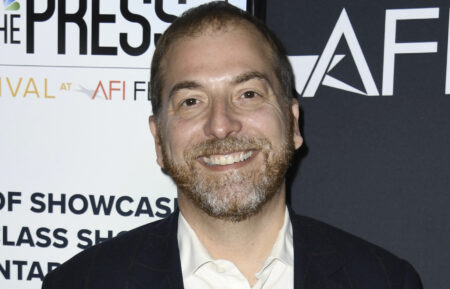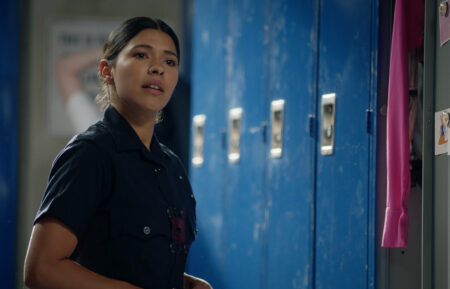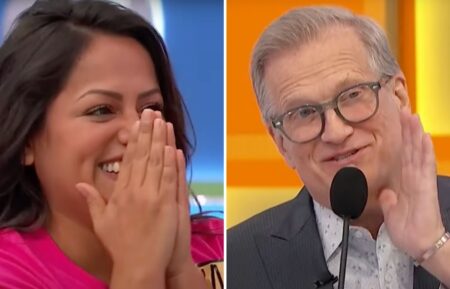David Bianculli: The Evolution of Late Night Television
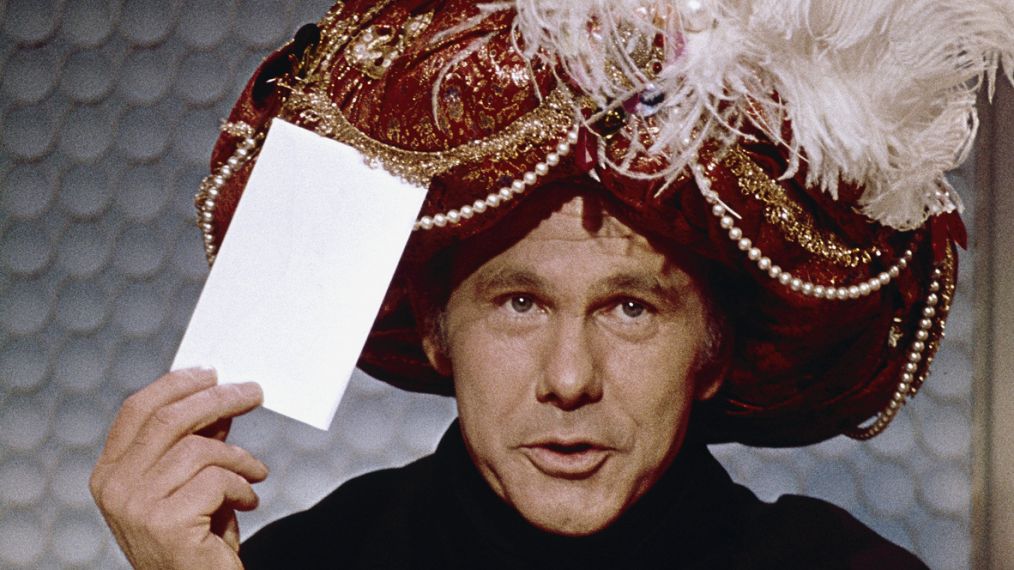
When the very first Tonight! show premiered on September 27, 1954, host Steve Allen issued a warning that the broadcast would last until 1am. “I want to give you the bad news first,” he said. “This program is going to go on forever!”
He was right to prepare the audience. Back then, if you wanted to see what was happening, your sole choice was to settle in. That would remain true for decades: There was no VCR or DVR, no curated assortment of online clips to watch over coffee the next day. You either caught Johnny Carson doing his bit as Carnac the Magnificent—or you missed out.
Cut to 2017, and the landscape has changed drastically. The hours on either side of midnight are no longer where the magic happens—for the viewers or the hosts. The late-night wars are being waged differently. Sure, ratings are still compiled, and being No. 1 has its bragging rights. But these days, the real win isn’t keeping folks pinned to their sofas. Just the opposite: It’s disseminating “greatest hits” moments to them far and wide—to be consumed in offices, on public transportation, via Facebook—long after the credits have rolled.
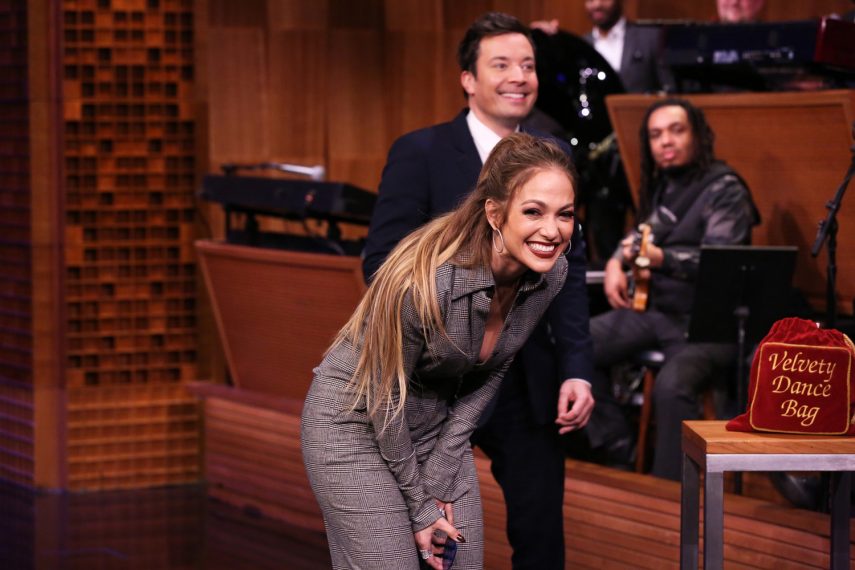
THE TONIGHT SHOW STARRING JIMMY FALLON — Episode 0634 — Pictured: (l-r) Actress Jennifer Lopez and host Jimmy Fallon during a Dance Battle on March 1, 2017
The Jimmys—The Tonight Show Starring Jimmy Fallon and Jimmy Kimmel Live!—were the first to capitalize on the turning tides. In 2010, Fallon did his first “History of Rap” segment with Justin Timberlake, followed by the host’s impersonation of Neil Young, performing a duet with the real Bruce Springsteen. Or Kimmel’s 2009 bit in which then-girlfriend Sarah Silverman sang the hilarious (and catchy) ditty “I’m F—ing Matt Damon.”
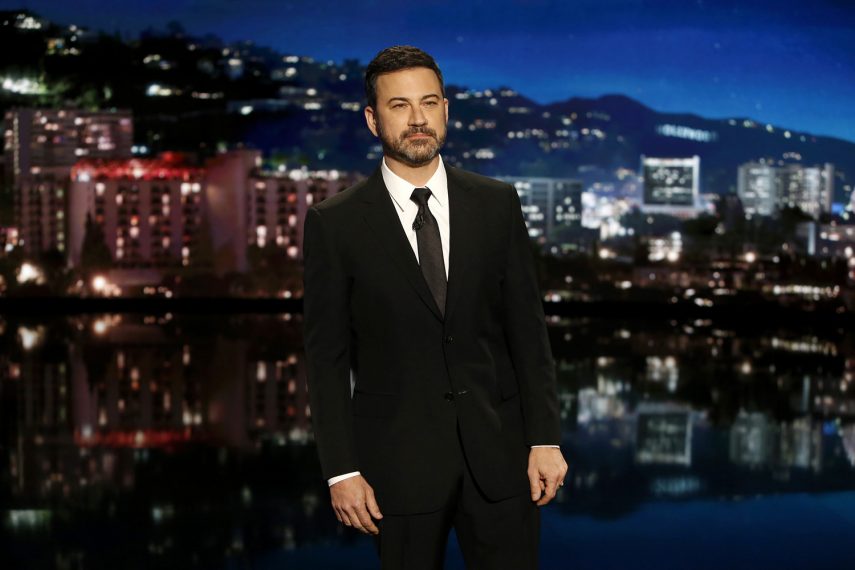
JIMMY KIMMEL LIVE: GAME NIGHT – “Jimmy Kimmel Live: Game Night” s
That video has since been played over 18 million times. To put that in context, Kimmel’s nightly show pulls in around 2.5 million viewers. This year alone, his various clips have scored 668 million YouTube hits.
In its usual 12:37am slot, The Late Late Show With James Corden averages 1.3 million viewers. That’s small potatoes, considering that his 2016 “Carpool Karaoke” with Adele—a giddily enjoyable sing-along—is the reigning late-night viral-video champ, with over 170 million views and counting.
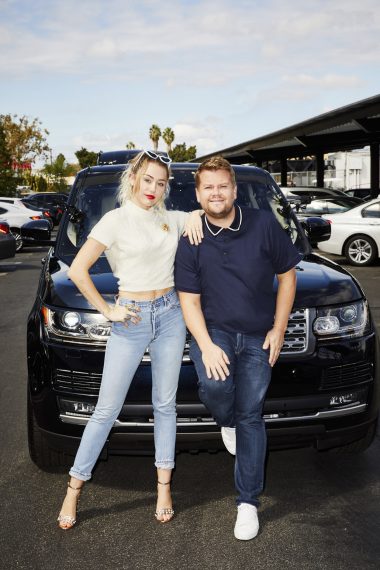
Miley Cyrus and James Corden perform in a Carpool Karaoke during “The Late Late Show with James Corden,”
The public’s appetite for bite-size content only appears to be growing, and the subject matter is expanding accordingly. Kimmel has made millions chuckle over his recurring “Celebrities Read Mean Tweets” segments and also gotten plenty of attention for weighty think pieces on topics like gun control and health care.
For fans of late-night, this shift away from appointment viewing represents both a victory and a loss. The accessibility is a win: It’s easy to get dialed in, on our own time and terms. We don’t have to pick favorites. But as we phase out the habit of watching programs in their entirety, we’re also losing the delight of the slow build and the element of surprise. And then there’s the inherent issue of what happens when something is too available. Once the sense of urgency has vanished completely, could not caring that much be far behind?
Personally, I’m choosing to stave that off by committing to watching one show all the way through. It’s the U.K. import The Graham Norton Show, which airs on Saturday nights (10/9c, BBC America). It doesn’t structure itself around creating viral-video bits, and it’s a joy to behold from start to finish simply because of the clever repartee. Anyone else care to join me in that conversation?
David Bianculli is a TV and film professor at Rowan University, New Jersey, and appears as a critic and guest host on NPR’s Fresh Air With Terry Gross.


